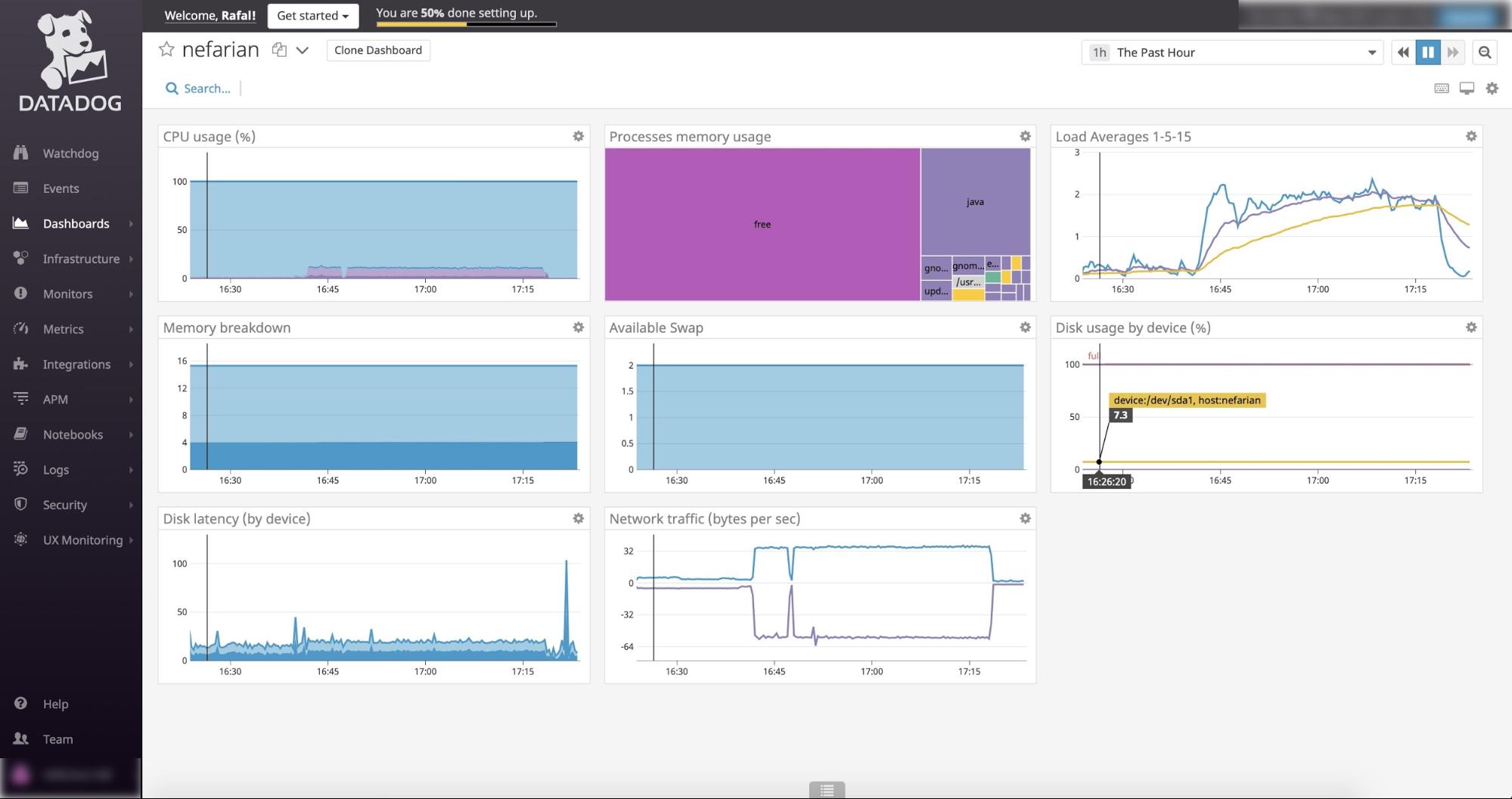

Without it, proactively detecting and diagnosing web application performance issues before they impact users is practically impossible. Web application monitoring is incredibly important for both users and for businesses. Why is web application monitoring important?.This level of web application monitoring is focused on tracking the hardware and infrastructure resources that are essential to the success of a web app. Error logging and monitoring of log files.This level of monitoring is particularly important for identifying and troubleshooting problems before they impact end users. This level of website application monitoring collects and stores application stack data using an agent-based approach. This level of web application monitoring focuses on system performance from the end-user perspective. There are three basic levels to web application performance monitoring, each of which includes several types of monitors. There are a number of different forms of web application monitoring. What are the different types of web application monitoring?.

To make sure that all the elements of your web app are working properly it’s important that you engage in website application monitoring. The back end is at the core of steps 2-4 of the process outlined above.
WEB APPLICATION AVAILABILITY MONITORING CODE
That code is typically written in Java, Python, C#, PHP, or other common languages. The back end (or server-side) is usually executed by a remote server that executes the back end code. It is typically created using JavaScript, HTML, and CSS, though other technologies can be used as well. The front end (or client-side) is executed by the web browser and, as the name suggests, is the part of the app that the user interacts with.

First a user accesses the web application through a mobile app or through a web browser.While this is the primary distinction between the two, there are also more specific differences between web applications and websites, covering everything from their deployment and authentication requirements to the user interaction.Ī web application works according to these steps: This distinction means that web applications offer the user significantly more interaction than they could achieve with a website. Even if the web apps have content, that content is dynamic. The ability for users to manipulate the page is the distinguishing feature of web apps.

While web applications are technically websites, not all websites are web applications. Web applications are often confused with websites, which are defined as a group of interlinked web pages that share a single domain name and can be accessed through a network. Some of the most common web apps include online retail sales, email, instant messaging services, and online auction services.
WEB APPLICATION AVAILABILITY MONITORING SOFTWARE
A web application is a program or software that is accessible through any web browser.


 0 kommentar(er)
0 kommentar(er)
